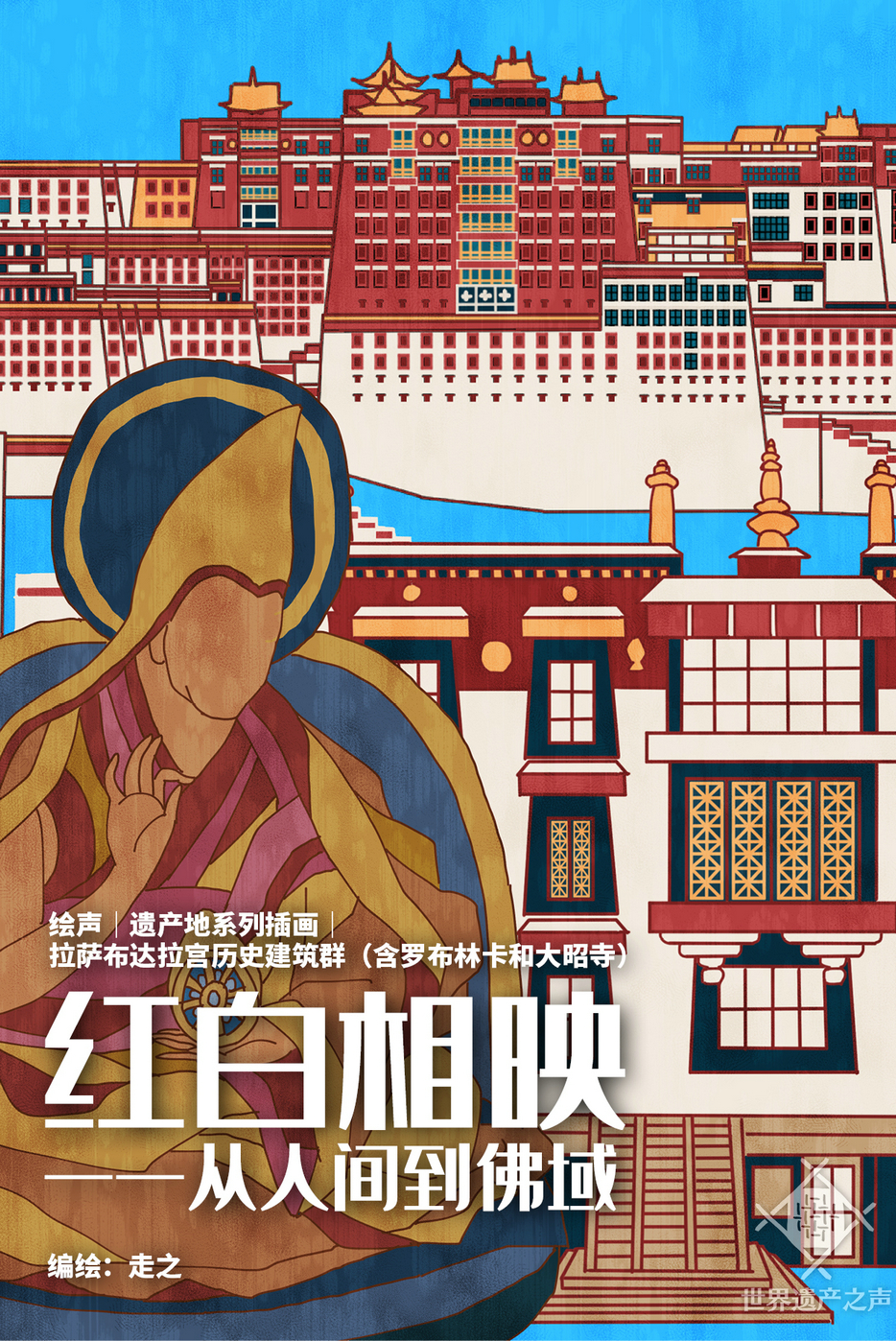
In the 16th century, the Living Buddha reincarnation system began to be promoted in Tibet under the influence of the Gelug sect. Religious leaders chosen through this system were no longer from certain clans, regions or ethnic groups. This helped maintain the stability of the feudal lord system, and gave rise to a more stable and vigorous new regime called Ganden Potrang. In the 17th century, the Ganden Potrang regime under the leadership of the fifth Dalai Lama had controlled Tibet, and the Potala Palace, as the winter palace of the Dalai Lama, was rebuilt. The White Palace that served as the political centre and the Red Palace that served as the religious centre shaped what the Potala Palace is today. If we say that the Potala Palace built by Songtsen Gampo symbolised supremacy of authority or rule and military accomplishments, then the Potala Palace rebuilt by the fifth Dalai Lama was turned from a secular building into a Buddhist building worshiped in the Living Buddha reincarnation system featuring integration of religion and politics.






